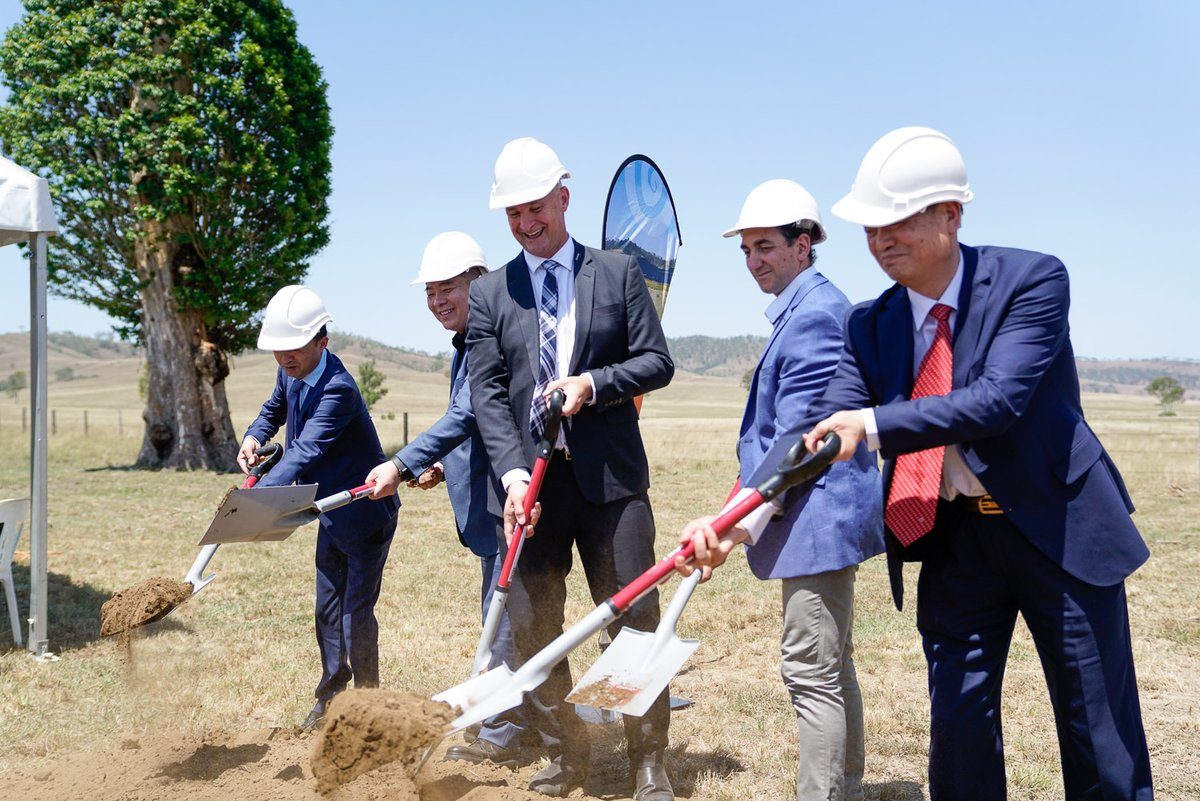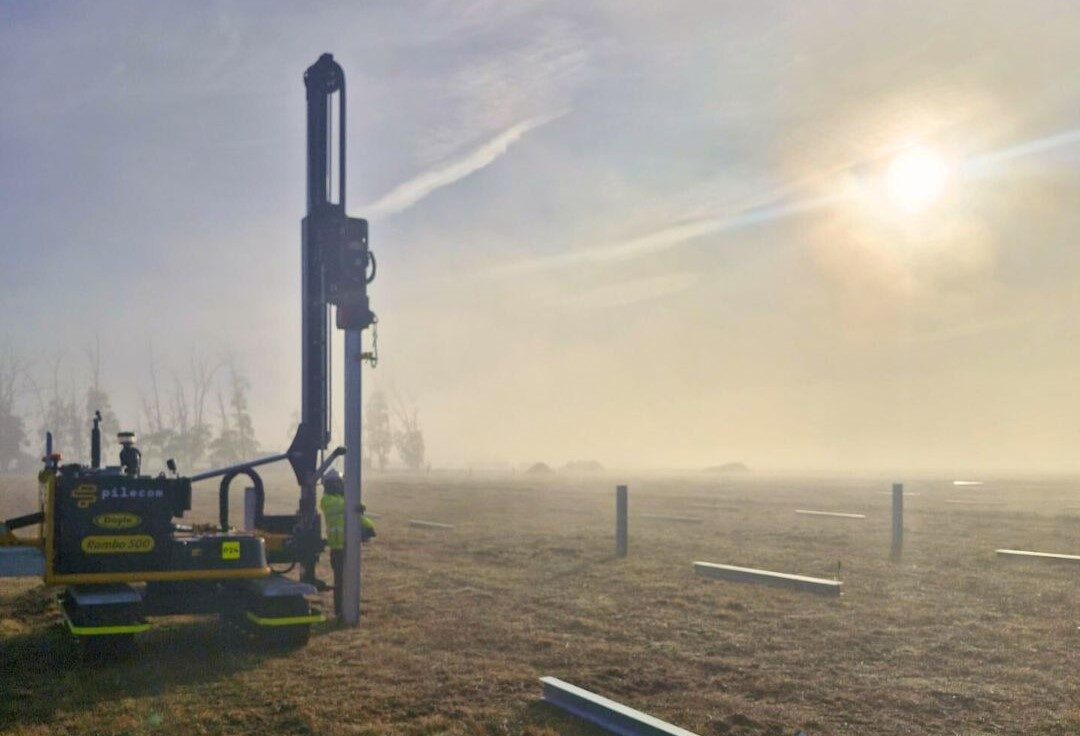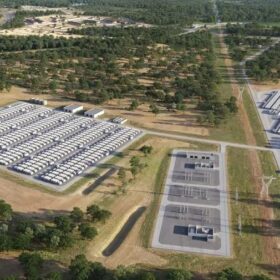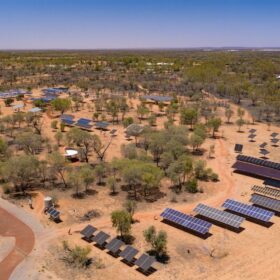A project boasting 1.5 GW of solar PV and 500 MWh of energy storage broke ground 100 kilometers north of Brisbane on Wednesday, becoming Australia’s largest solar development to enter the construction phase. While no public announcement was made, the Smart Energy Council posted a photo from the ground breaking ceremony today on Twitter.
Not much is know about the project developer, as this appears to be its first and only project, judging by its website. According to a company extract from the Australian Securities and Investments Commission, Sunshine Energy Australia was registered in 2017 in Mitchell, ACT, with business headquarters in Melbourne. Its principle shareholder is Hong Kong-based Eastern Union Limited, while a bulk of the shares is owned by the company’s former and present director – Anthony John Youssef and Chi Man Li, both with a place of residence in Australia.
The development is being mooted as bringing an economic boost to the region, creating 1000 jobs, both onsite and logistically, and 30-60 permanent positions.
According to Sunshine Energy, the solar farm is expected to take approximately 6-8 months to do the initial site preparation and further 16-24 months to complete the construction. It could eventually expand in size to a whopping 2 GW within 36 months, depending on the suitability and size of the land around the area.
This content is protected by copyright and may not be reused. If you want to cooperate with us and would like to reuse some of our content, please contact: editors@pv-magazine.com.









I’d like to find out more? I’d like to find out some additional information.|